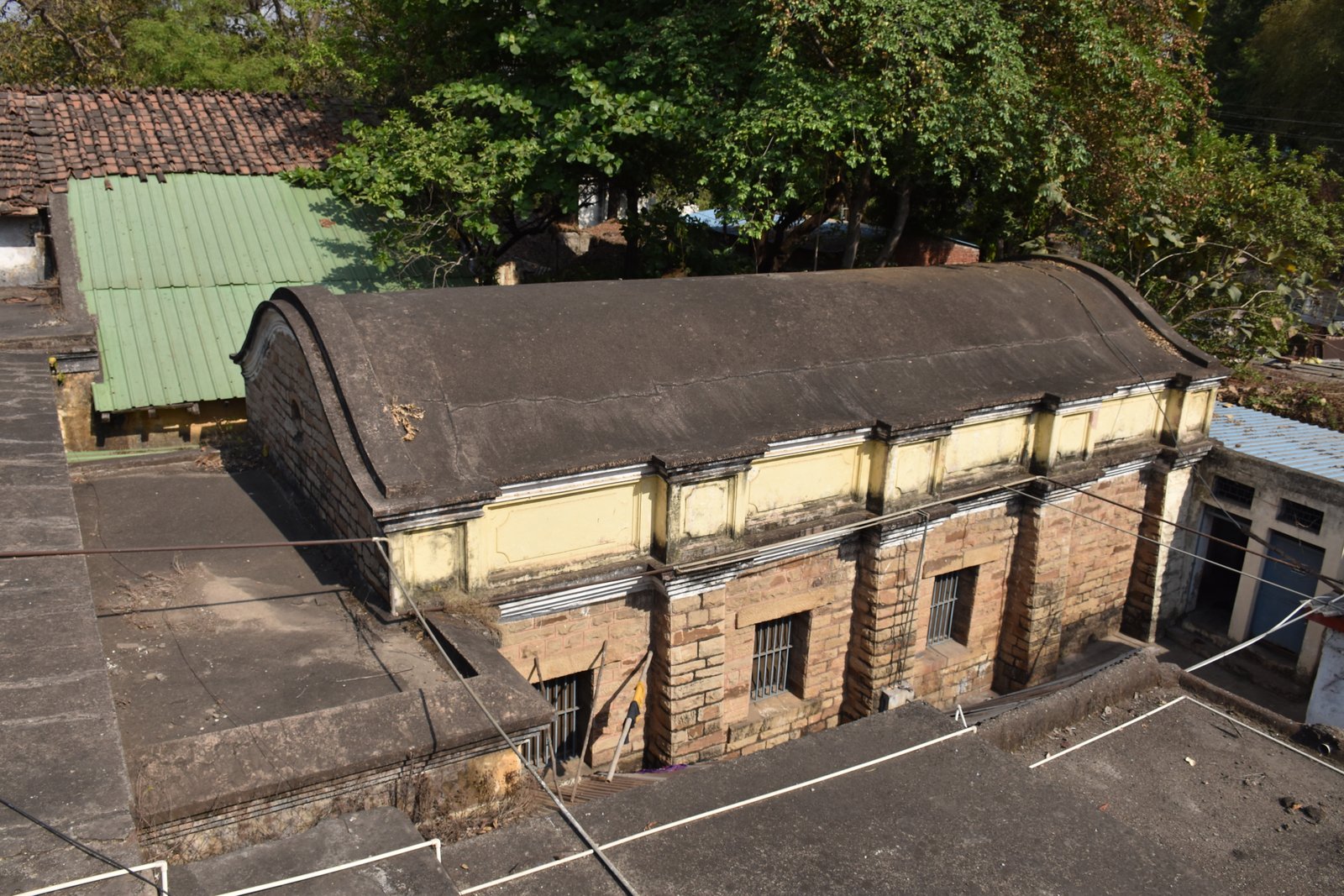
Raja Shankar Shah and Kunwar Raghunath Shah, descendants of King Nizam Shah of the Gond Kingdom, actively opposed British rule during the events of 1857. Despite their commitment to non-violence, these skilled poets utilized their verses as a powerful means to resist the British influence. Revered by the Gond community and local residents, they are regarded as symbolizing the spirit of the first war of independence in 1857. The courageous Tribal Freedom Fighter, Raja Shankar Shah, a respected local ruler in the Gondwana region, took a stand against British oppression alongside his son Kunwar Ragunath Shah. Both were apprehended on September 14, 1857, and subsequently executed by the British on September 18, 1857, underscoring their profound sacrifice for the nation. In recognition of their exceptional service, the Tribal Affairs Department of the Government of Madhya Pradesh, in collaboration with the Ministry of Tribal Affairs, Government of India, has proposed the establishment of a museum-cum-memorial dedicated to the memory of Raja Shankar Shah and Kunwar Raghunath Shah.
Jabalpur, taken over by the British in 1817, became the commission headquarters of the Narmada territories, with the establishment of a cantonment. The urban fabric of the city evolved with wide streets, government buildings, and colonial residences, including the old DFO Building complex, which gained historical importance during the first war of independence in 1857.
The proposed museum, planned within the old DFO building where a memorial was established in 2019, aims to bring to light hidden stories of bravery and sacrifice. While historical records indicate the imprisonment of Raja and Kunwar in the adjacent stone building, the actual jail, the museum's goal is to disseminate their contributions, especially in the context of the 1857 revolt.

The DFO building, a colonial structure from the early 19th century with various additions, is part of a complex housing structures from early 19th century like the stone jail, meeting hall and record room. Due to its historical significance, special attention is required for its restoration. Efforts are being made to preserve the structure authentically, using original materials and specifications, with the restoration plan incorporating elements to adapt the building into a museum.
In December 2021, the Tribal Affairs Department of Madhya Pradesh requested INTACH to prepare a museum proposal. In April 2022, the INTACH team conducted a detailed on-site study of the complex, including the heritage buildings and stone jail. Based on the assessment, a phase-wise proposal for the restoration of heritage buildings and the development of the museum was prepared and submitted to the department.
Nestled within the heart of a Jabalpur, the District Forest Office (DFO) building has weathered the passage of time, its weathered façade embodying the echoes of history. Acknowledging the imperative to safeguard this cultural landmark, a meticulous conservation plan has been set in motion. With a delicate blend of preservation and adaptation, the goal is to honour the site's distinctive identity while ushering it into relevance within the contemporary landscape.
The first step involved the careful dismantling of later additions that had compromised the DFO building's historical integrity. Corridor areas in the western and southern parts, reconstructed in reinforced concrete, were disassembled with precision to prevent further harm. Extensions on the northern-north-eastern and southern facades were removed to restore the building's original character. Additionally, interior walls, added for functional changes, were marked for demolition to pave the way for the proposed museum. All removed materials were responsibly disposed of, clearing the path for the upcoming restoration.
With a commitment to sustaining the building and traditional building practices, minimal interventions were proposed. Masonry repairs, stone replacements, and flooring transformations were suggested to revive the original fabric. Services were to be upgraded, and waterproofing measures were planned to combat rising dampness. The persistent issue of termite infestation was to be addressed through a comprehensive anti-termite treatment. Doors and windows were earmarked for repair or replacement, and plastering using traditional lime mortar was proposed to restore authenticity.
The battle against environmental wear involved surface cleaning to eradicate algae and unwanted vegetation. Stone surfaces, tainted by algae, would undergo treatment with ammonium-based biocide solutions. Careful removal of vegetation, followed by root treatment with a mixture of asafoetida and lime water, aimed to preserve the structural integrity without causing harm.
Local materials and traditional technologies took precedence in the restoration process. The reconstruction of the DFO building's original form involved dismantling parts reconstructed in modern materials and reconstructing them using traditional methods. Wooden ceilings, damaged beyond repair, were replaced with matching material, and layers of paint were meticulously removed. The restoration of the jack arch ceiling and vaulted roof of the jail involved treating or replacing corroded components and reconstructing brick vaults with compatible materials.
As the restoration unfolded, the town anticipated the rebirth of its Historic jewel. The conservation endeavours not only breathed new life into the heritage building but also stood as a testament to the harmonious coexistence of the past and present, ensuring the enduring legacy of the town for generations to come.